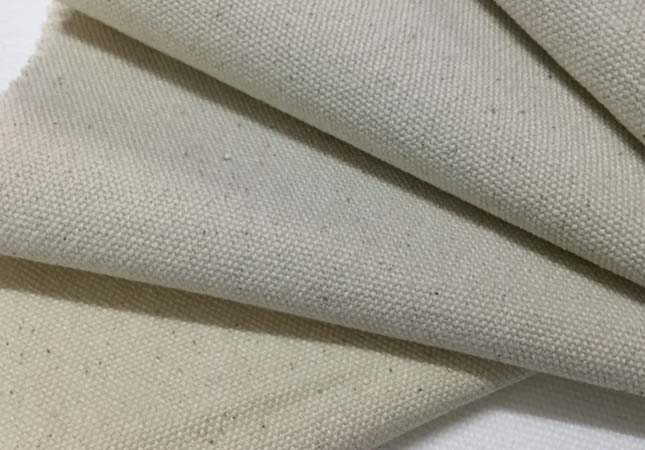All the fabrics that directly from the loom or the fabric cutting machine without dyeing and finishing is collectively called grey fabrics, this kind of blank fabrics usually contain lots of impurities such as cellulose fiber companion (wax, pectin, nitrogenous substances, ash, natural pigments and cotton seed shells), oil agent on the chemical fiber and the sticky dirt oil agent or sizing material generated during the weaving process on loom or fabric cutting machine.
These impurities, oil, dirt will affect the fabric color, touching and also the fabric dyeing color fastness if are not removed obviously so that we need the scouring and bleaching process whether for bleaching, dyeing or printing products, which is to remove all kinds of impurities and oil in the fiber, to improve the appearance of the fabric and also to enhance the inner quality of the fabric.
Here are 6 main steps in the scouring and bleaching process for cotton fiber fabrics, usually containing the grey fabrics preparation, singeing, desizing, scouring, bleaching, open width, squeezing, drying and mercerization process.
6 Main Steps of Scouring and Bleaching
1. Grey Fabrics Preparation
Raw fabric inspection, fabric turning-over (batching, boxing, printing) and seaming are 3 basic operating points of gray fabric preparation.

2. Singeing
The fluff on the fabric surface has a great influence on the dyeing quality and wearing comfort of fabrics, thus it is essential to have the singeing process for making the fabric surface smooth and clean.
Singeing is literally the process of achieving the purpose of burning the fluff on fabric surface without damaging fabric itself by the method of putting the open width fabric on the singeing machine and heating up the fabrics. The fabric itself is relatively tight, thick and moderate to heat up, so it has left the flame or hot metal surface when the temperature has not yet reached the ignition point, while the fluff has been burned out at that time because of its low ignition point.
3. Desizing
The warp yarns normally will be on sizing process to improve the strength, wear resistance and smoothness of the warp yarns before weaving. However, the slurry on the grey fabrics will contaminate the dyeing and finishing fluid, consume the dyeing material and even prevent the dyeing material from attaching to the fibers, which affects the quality of the printing and dyeing fabrics. Thus the desizing process is needed at the beginning of the dyeing and finishing process, which can be divided into enzymatic desizing, alkali desizing, acid desizing and oxidizing desizing. Alkali desizing is currently the most common method used in printing and dyeing industries for pure cotton or blended fabrics, for removing most of the slurry on the grey fabrics and also for decomposing and removing the natural impurities on the cotton fiber. But it must be completely washed with fluently changing the lotion after desizing because the alkali desizing can only make a reduction in the adhesion between the slurry and the fabric, but cannot decompose the slurry.
4.Scouring
After desizing, most of the slurry and natural impurities in the cotton fiber have been already removed, but most of the waxy substances, pectin, nitrogenous substances, cotton seed shells and a tiny amount of oil agent still remain on the cotton fiber, which make it look yellow and have poor moisture absorption and permeability. It is unacceptable for the subsequent dyeing and finishing process. In order to make the cotton fiber fabric conducive to the adsorption and diffusion of dyeing auxiliaries in the dyeing and finishing process, the scouring process should proceed to remove most of the residual impurities in cotton fiber.
5.Bleaching
The scouring process improved the water absorption of cotton fiber considerably but cannot make it look pure white due to the presence of natural pigments on the fiber. So except for a very few varieties of fabrics, typically all fabrics have to be bleached to ensure that the fiber color is necessary and stable white.
The main working principle of bleaching is to destroy the natural pigment while removing the residual impurities after scouring (especially the cotton seed shell) without damaging original fiber.
6. Mercerizating
Mercerization refers to the concentrated caustic soda treatment of cotton fiber fabric under certain tension for keeping it in required size, making the fabric gets a silk-like luster, besides, the strength, elongation and size and form stability of the fabric are also improved by this process. And mercerization also can improve the reaction ability to chemical material and the adsorption ability to the dye process of cotton fiber, which is one of the most important work of dyeing and finishing process.




